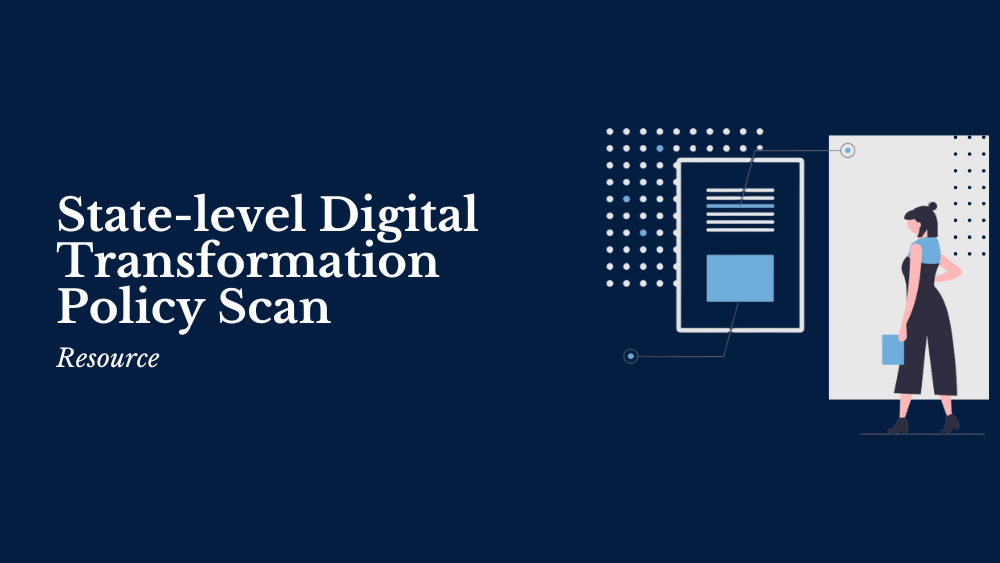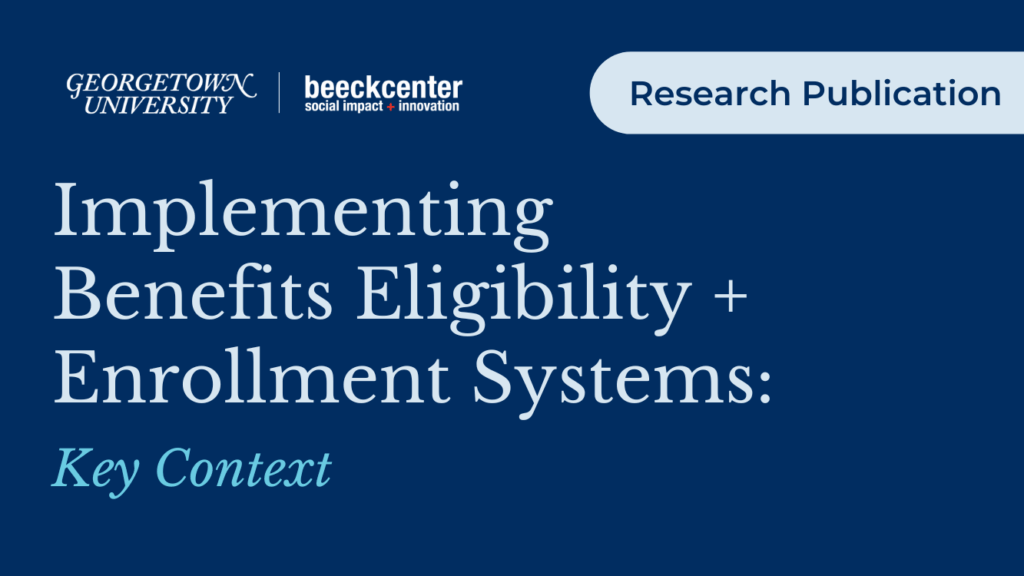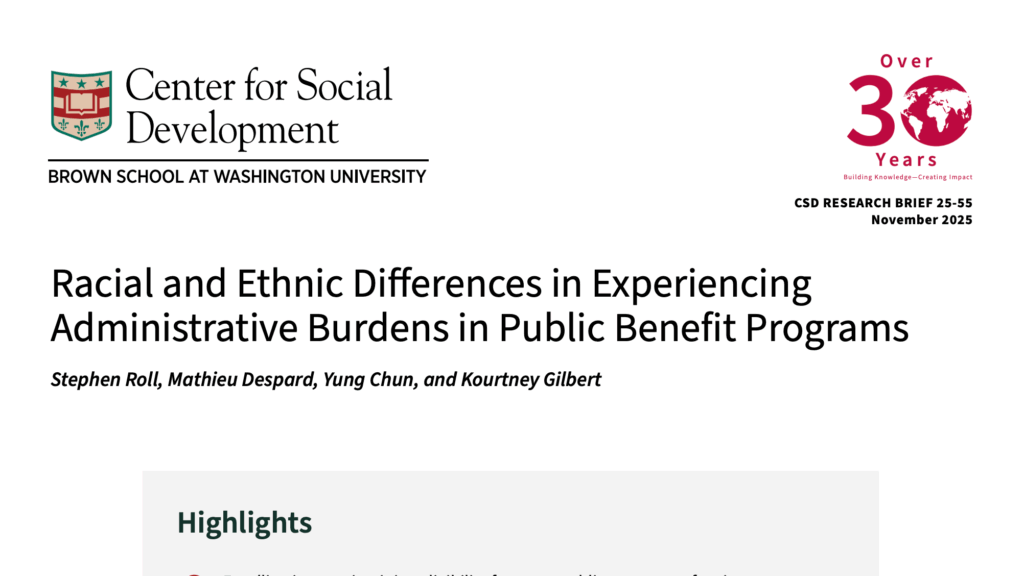State-level Digital Transformation Policy Tracker
Delve into the policies that shape government digital transformation across states and territories with our databases.

Why Digital Transformation Policy?
Policy shapes the conditions of possibility for how government does its work. Across U.S. states and territories, policy is evolving to shape the digital transformation of government operations and service delivery.
In 2023, the Digital Service Network (DSN) launched a new research agenda to support deeper understanding of the policy tools that influence digital transformation at the state and territorial levels.
Our immediate goal? To create accessible resources that document where and how these policies are being enacted to support the work of government practitioners and researchers.
Looking ahead, we aim to understand how governors, policymakers, and public servants define what “good” looks like for government digital transformation and how these policy tools help them achieve success. Our future research will delve into the different policy origins of state-level digital transformation, seeking insights into how policy design influences digital delivery outcomes.
This initiative informs the DSN’s ability to offer robust, evidence-based guidance to promote effective and equitable digital transformation at the state level.
Research Questions
Currently, the DSN’s driving question for this research is:
Which types of policy tactics — i.e., EOs, legislation, and administrative rules and guidance — are being used to govern the digital transformation of operations and service delivery across U.S. state and territorial governments?
Answering this first question will enable us to ask deeper questions in future phases of this work, for example:
- In what ways do the identified uses of these policy tactics at the state level define what “good” looks like for the digital transformation of government operations and service delivery?
- How do the people behind the use of tactics — namely governors, policymakers, and public servants — see their chosen tactics as tools to help make these definitions of good a reality?
- How might we define and evaluate the comparative affordances and limitations of various policy tactics to better understand the links between policy design and digital delivery outcomes?
Executive Orders
In Fall 2023, the DSN kicked off its digital transformation policy scan by documenting executive orders (EO) enacted since 2013 that shape the digital transformation of government across states and territories.
Dive deeper into the EO scan with our database, visualization tool, and summary below.
EO Tracker: High-Level Takeaways
Some high-level statistics from the EO database include:
-
81%
81% (45/55) states or territories have passed at least one EO related to government digital transformation since 2013. -
19%
Cybersecurity and broadband are the most common topics (19% and 11%).
Artificial intelligence (7%) is the next most common topic. -
12
There are twelve outlier topics including customer experience and eligibility verification, for which we identified only one EO.
Five EOs of Interest to the DSN
The DSN views EOs like these as warranting deeper analysis because they deal with digital transformation in a generalized way, offering a broad — as opposed to highly targeted — executive mandate to pursue cross-cutting administrative activities which shape the digital transformation of operations and service delivery.
By naming goals like “simplicity” and “seamlessness”, or by recognizing the importance of value and efficacy for users of government services, a number of these more generalized EOs embrace key values and practices that the DSN views as likely enablers of equitable and effective digital transformation.
Pennsylvania
PA’s EO 2023-08, enacted in 2023 by Governor Josh Shapiro, established the Commonwealth Office of Digital Experience (CODE PA) to improve, streamline, and continuously adapt the Commonwealth’s digital services so that interactions between users and Commonwealth entities are simple, seamless, and secure. Read the EO
Ohio
OH’s EO 2019-15D, enacted in 2019 by Governor Mike DeWine, aimed to modernize information technology systems in state agencies via Innovate Ohio in order to provide a common digital platform and definitive digital identity for state agencies/programs, and to facilitate data-sharing across agencies and programs to better serve the public. Read the EO
Washington
WA” EO 19-04, enacted in 2019 by Governor Jay Inslee, issued a directive to the One Washington Program, which was implemented to promote the modernization of state administrative business and systems, to (among other things), establish program governance, deliver business transformation, modernize technology, and provide organizational change management support. Read the EO
Vermont
VT’s EO 03-17, enacted in 2017 by Governor Phil Scott, created the Governor’s Government Modernization and Efficiency Team as a dedicated team of state operational professionals and private sector business and technology leaders to support successful implementation of modernization change efforts in the state. Read the EO
Rhode Island
RI’s EO 13-01, enacted in 2013 by Governor Lincoln Chafee, established the Governor’s Transparency and Accountability Initiative to (among other things) ensure state agencies post a greater breadth of information online and make such information easier to find. Read the EO
EO Database + Dashboard
You can explore our EO database to glean your own insights and takeaways.
To build this database, we used a tailored keyword list derived from academic and practitioner insights to locate relevant EOs enacted since 2013. Find more details on our data collection protocol in the appendix below.
We identified 134 EOs related to government digital transformation using this approach. These EOs are compiled in a database. You can use this database to:
- Group or filter EOs by various fields, like state/territory, year enacted, or topic tag
- Read short summaries of EOs
- Download full-text PDFs of EOs
- Download the full dataset for your own use and analysis
We also built a dashboard where you can explore these data geographically. You can use this dashboard to:
- Filter EOs by topic tag
- View your results on a map
- Open more details about selected EOs in a new browser tab
Legislation
In November 2024, the DSN expanded its digital transformation policy tracker by documenting legislation introduced since 2019 related to artificial intelligence (AI).
Dive deeper into the legislation tracker below.
AI Legislation Tracker: High-Level Takeaways
Some high-level statistics from the legislation database include:
-
1,700+
The DSN identified over 1700 bills related to AI introduced
since 2019. -
11%
11% (202/1,765) of AI-related bills introduced since 2019 have been enacted. -
58%
58% (32/55) of states or territories have enacted at least one bill regulating government’s use of AI
since 2019.
Legislation of Interest to the DSN
Regardless of whether they were signed into law, the DSN views bills like the following as warranting deeper analysis because they seek to inform the way government uses AI. Categories of bills that the DSN is particularly interested in keeping an eye on include:
- Bills that seek to broadly regulate state agencies’ use of AI. Examples include Connecticut’s S 1103 (2023), Hawaii’s H 2152 (2024), New Hampshire’s H 1688 (2024), New Jersey’s S 1438 (2024), New York’s A 10583 (2024), and Wisconsin’s S 1010 (2024).
- Bills that specifically seek to regulate the use of automated decision making, especially for human services or benefits programs. Examples include California’s A 13 (2021), Maryland’s H 883 (2024), and New York’s S 7543 (2024).
- Bills that specify the creation of a chief artificial intelligence officer role (or similar role/team). Examples include California’s A 594 (2019), New York’s A 10231 (2024), and Vermont’s H 410 (2021).
By seeking to regulate the way government does— or does not— use AI, legislation like this sets the stage for what’s legal, what’s ethical and equitable, and what’s possible when considering the use of AI in designing and delivering public benefits and services.
AI Legislation Database
You can explore our AI Legislation database to glean your own insights and takeaways.
To build this database, we compiled information on bills introduced since 2019 across all U.S. states and territories that included the term “artificial intelligence”. We used publicly-available information from LegiScan and the National Conference of State Legislatures to identify such bills. Find more details on our data collection protocol in the FAQ section below.
We identified 894 pieces of legislation using this approach. These bills are compiled in a database hosted in Airtable. You can use this database to:
- Group or filter bills by various fields, like legislative session, bill status, or topic tag
- Group or filter bills by the type of action they specify, for example regulating government use or creating a tax incentive
- Read short summaries of bills
- Access direct links to bills
- Download the full dataset for your own use and analysis
Engage with the DSN’s Policy Tracker
Please stay tuned as we release more data, visualization tools, and analysis.
In the meantime, we look forward to seeing how you engage with the trackers:
- Is there a policy, or something else, you think is missing?
- Do you have a use case for these data that you want to share with us?
- Are you interested in guidance or support on pursuing policy action in your state to equitably and effectively shape digital transformation?
- Anything else you’d like to share or connect on?
Reach out at digitalservicenetwork@georgetown.edu. We look forward to hearing from you.
Using and Citing the DSN’s Policy Tracker
The DSN’s State-level Digital Transformation Policy Tracker data is licensed as Creative Commons Attribution 4.0 International.
You are free to:
- Share – copy and redistribute the material in any medium or format
- Adapt – remix, transform, and build upon the material for any purpose, even commercially
Under the following terms:
- Attribution – You must give appropriate credit, provide a link to the license, and indicate if changes were made. You may do so in any reasonable manner, but not in any way that suggests the Beeck Center or the DSN endorses you or your use.
We can cite our work in the following way:
State-level Digital Transformation Policy Tracker © 2025 by The Digital Service Network at Georgetown University’s Beeck Center for Social Impact + Innovation, CC BY 4.0.
Data Collection FAQs
Executive Order Tracker: FAQs
How far back in time does the DSN’s EO dataset go?
We limited our scan to EOs passed within the last ten years, excluding those passed prior to 2013. We chose this timeframe because it is roughly aligned with the creation of many “first-movers” on contemporary digital transformation at the national level, like the UK’s Government Digital Service and the United States Digital Service. Our timeframe for this scan reflects the DSN’s interest in state- and territorial-level executive action related to digital transformation that occurred in the wake of these federal-level milestones.
We limited our scan to EOs passed within the last ten years, excluding those passed prior to 2013. We chose this timeframe because it is roughly aligned with the creation of many “first-movers” on contemporary digital transformation at the national level, like the UK’s Government Digital Service and the United States Digital Service. Our timeframe for this scan reflects the DSN’s interest in state- and territorial-level executive action related to digital transformation that occurred in the wake of these federal-level milestones.
How did the DSN decide which EOs were related to government digital transformation?
To scope our approach to identifying EOs related to digital transformation, we built a list of key words that we applied as search terms to the text of all EOs enacted since 2013.
We built the initial key word list based on a few seminal articles in the public administration literature that seek to define government digital transformation as adopted by the “first-movers” referenced above. The articles we referenced were:
- Mergel, 2017. Digital Service Teams: Challenges and Recommendations for Government.
- Mergel et al, 2018. Agile government: Systematic literature review and future research.
- Clarke, 2019. Digital government units: what are they, and what do they mean for digital era public management renewal?
- Mergel et al, 2019. Defining digital transformation: Results from expert interviews.
We then amended and appended the key word list through consultation with expert practitioners in the DSN to reflect our network’s needs and interests. The final list of key words we used to identify relevant EOs was as follows:
- agile
- automat(-ation, -e, -ed)
- customer (-centered, -centric, expectations, experience, research, satisfaction)
- design (sprint, thinking)
- digital (-first, delivery, divide, equity, government, innovation, service, service team, transformation)
- digiti(-lization, -zation)
- e-government
- human-centered (design)
- interopera(-bility, -ble)
- iterative
- legacy (technology, system)
- modern(-ization, -ize)
- modular contracting
- open source
- platform
- procurement reform
- product manag(-ement, -er)
- (information) technology (IT) (failure)
- user (-centered, -centric, expectations, experience, research, satisfaction)
- waterfall
What resources did the DSN use to search for EOs?
To locate EOs within our timeframe and using our key words as search terms, we first looked to state-hosted archives. Where state-hosted archives were unavailable or incomplete, we then looked to the NexisUni database. As a last resort, we looked to third-party archives of state and territorial EOs identified through the Law Library of Congress or, less preferably, using Google search engine.
What if the DSN missed a relevant EO?
The landscape of digitally-hosted EO archives across states and territories is highly fragmented, with significant variability in completeness and platforms’ ability to allow for searches based on dates and/or keywords. As a result, scanning for EOs within our timeframe that included our keywords was a highly manual process, which left room for human error.
Because of this, it is possible that there are EOs missing from the database which we were unable to locate either because they were not archived in a place we could access, or because human error led us to miss them. We will continue engaging with our network of practitioners to remedy omissions and errors, and invite you to reach out if you think there is something missing or incorrect in the database.
Will the DSN continue to add EOs to the database?
Importantly, this data collection protocol is a starting place and we may build on it in future iterations of this work. For example, we may decide at a later date to add EOs passed prior to 2013, or we may consider adding new keywords that capture a broader set of digital-adjacent EOs, for example by adding data-specific terms, like “open data”.
With all of this in mind, we intend to continuously update and refine this database over time together with as additional EOs come to our attention, as new EOs are enacted, and as the interests and needs of our audiences shift. We will continue to be open and transparent about our approach to data collection, and will update this appendix as necessary.
AI Legislation Tracker: FAQs
How far back in time does the DSN’s legislation dataset go?
We limited our tracker to bills introduced within the last five years, excluding those passed prior to 2019. As the DSN is not a bill-tracking organization, we chose this timeframe because it built upon publicly accessible data on AI-related bills from LegiScan and the National Conference of State Legislatures.
How did the DSN decide which bills were related to artificial intelligence?
We compiled information on bills introduced since 2019 across all U.S. states and territories that include the term “artificial intelligence”.
What resources did the DSN use to search for bills?
To locate bills within our timeframe that include the term “artificial intelligence,” we used publicly-available information from LegiScan and the National Conference of State Legislatures. As a reputable bill-tracking organization with some existing infrastructure for tracking AI-related legislation, we relied heavily on NCSL’s short descriptions and amended their existing categories for our database. While we also currently rely on NCSL’s publicly-available custom bill links to direct users to the full text of bills in the database, we are in the process of implementing an alternative link source for full bill text; we expect new links to be available across the database by March 2025.
What if the DSN missed a relevant bill?
We scanned for AI-related bills within our timeframe manually, which left room for human error.
Because of this, it is possible that there are bills missing from the database which we were unable to locate either because they were not tracked by LegiScan or NCSL, or because human error led us to miss them. We will continue engaging with our network of practitioners to remedy omissions and errors, and invite you to reach out if you think there is something missing or incorrect in the database.
Will the DSN continue to add bills to the database?
Importantly, this data collection protocol is a starting place and we may build on it in future iterations of this work. For example, we may decide at a later date to add billss passed prior to 2019, or we may consider adding new keywords that capture a broader set of digitally-relevant bills, for example by using search terms from our EO tracker.
With all of this in mind, we intend to continuously update and refine this database over time as additional relevant bills are introduced. We will continue to be open and transparent about our approach to data collection, and will update this section as necessary.


